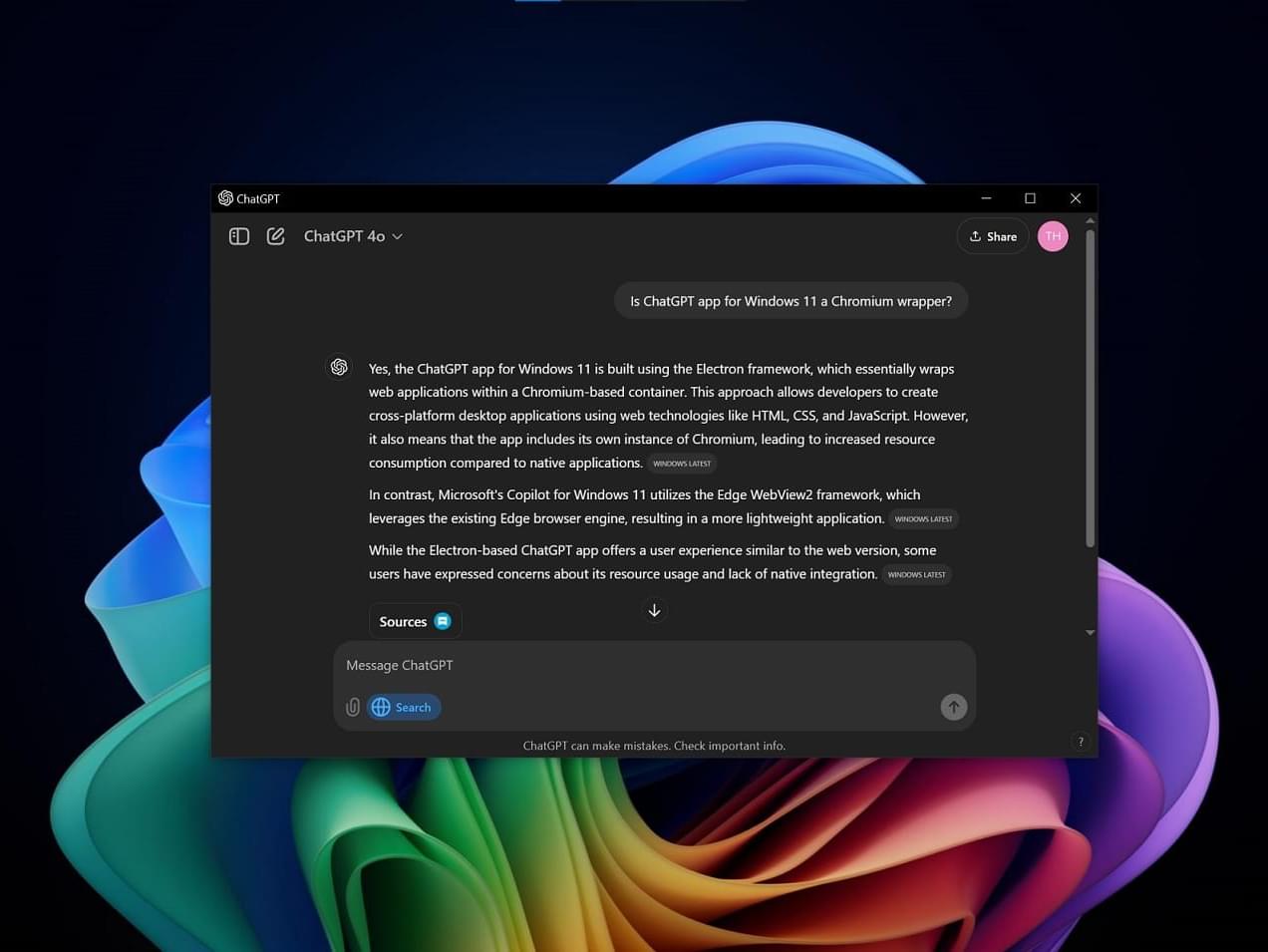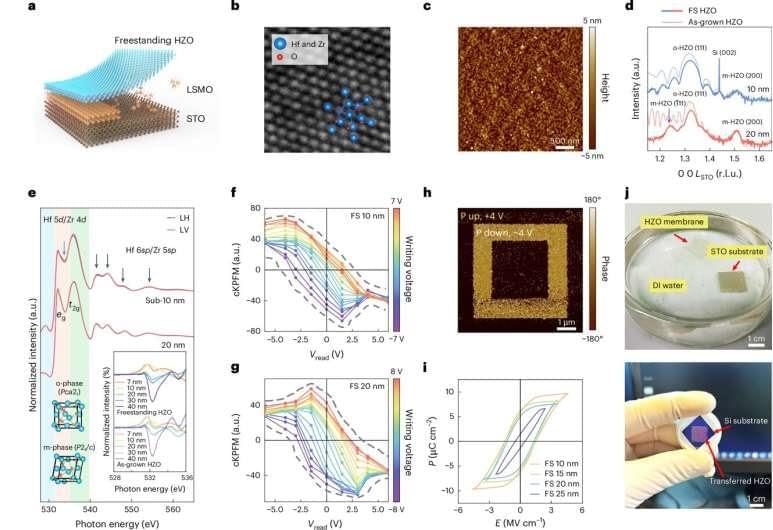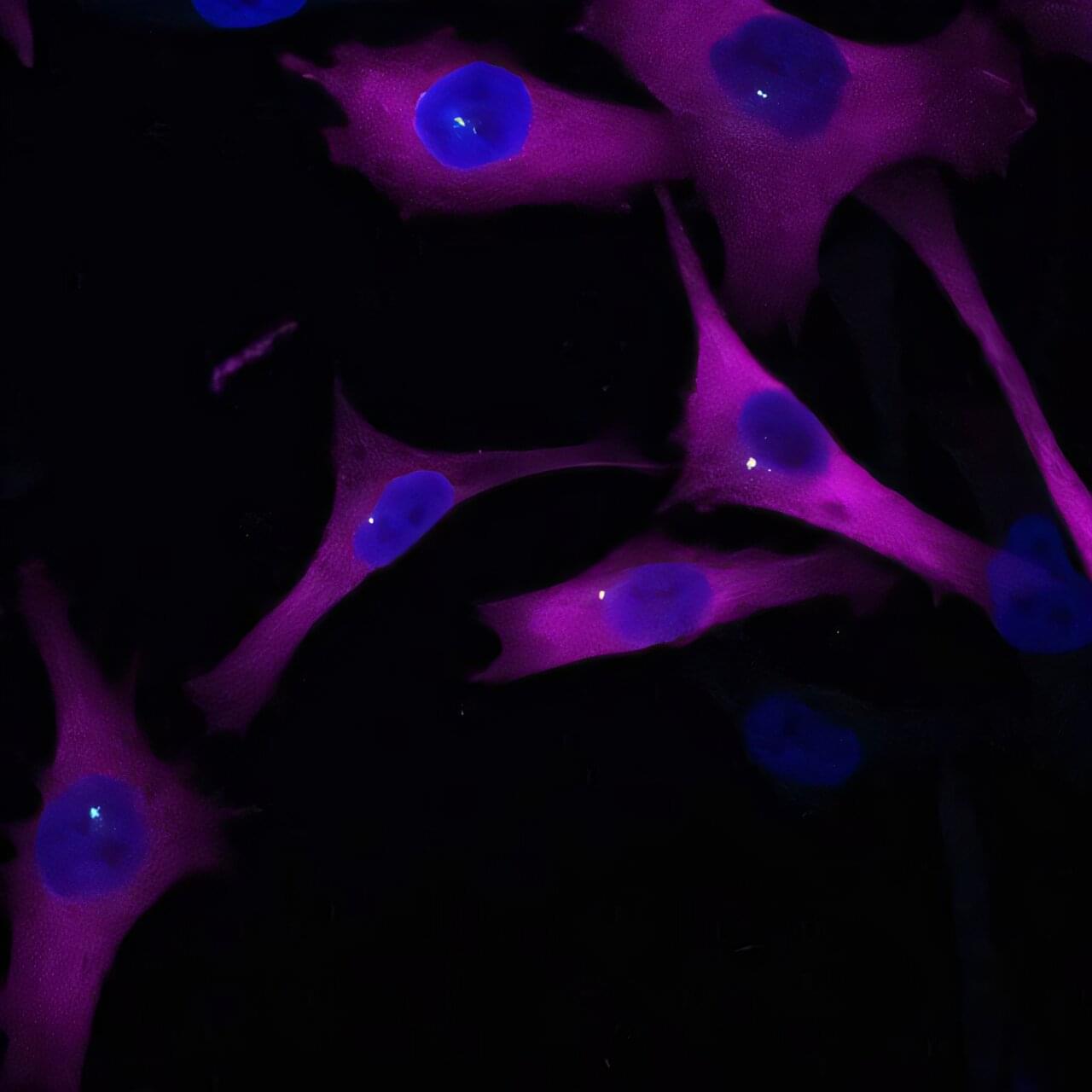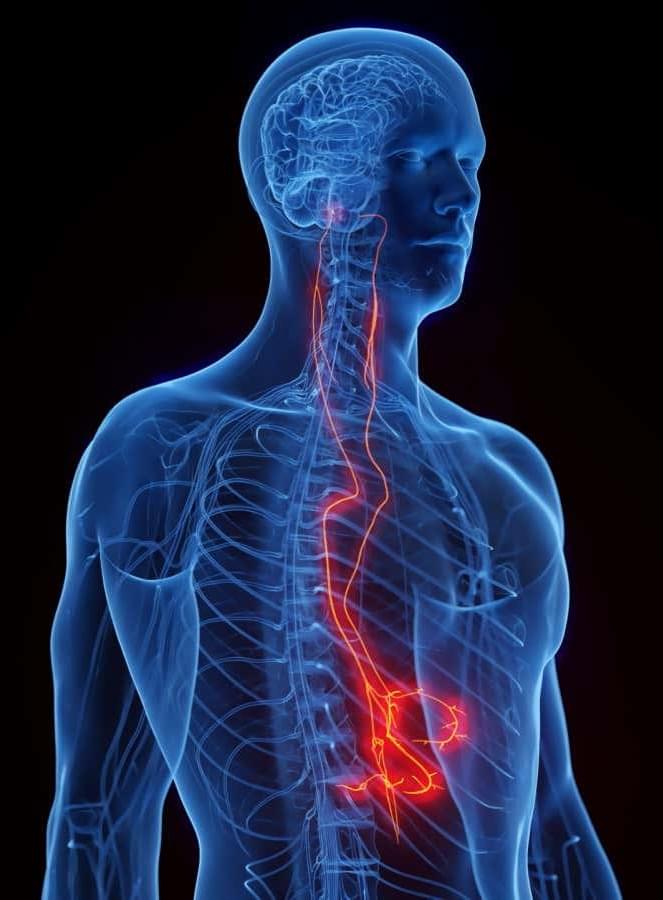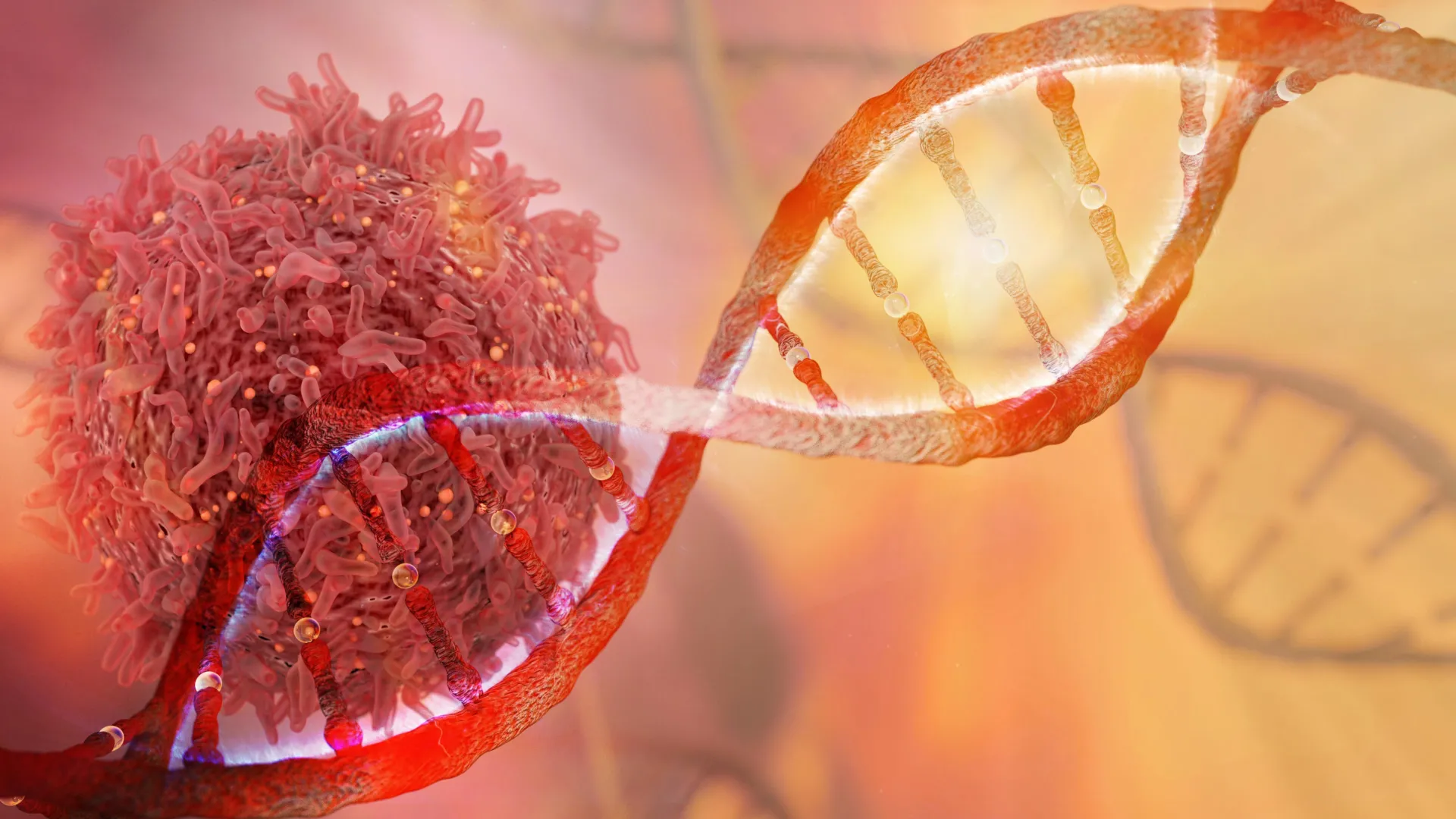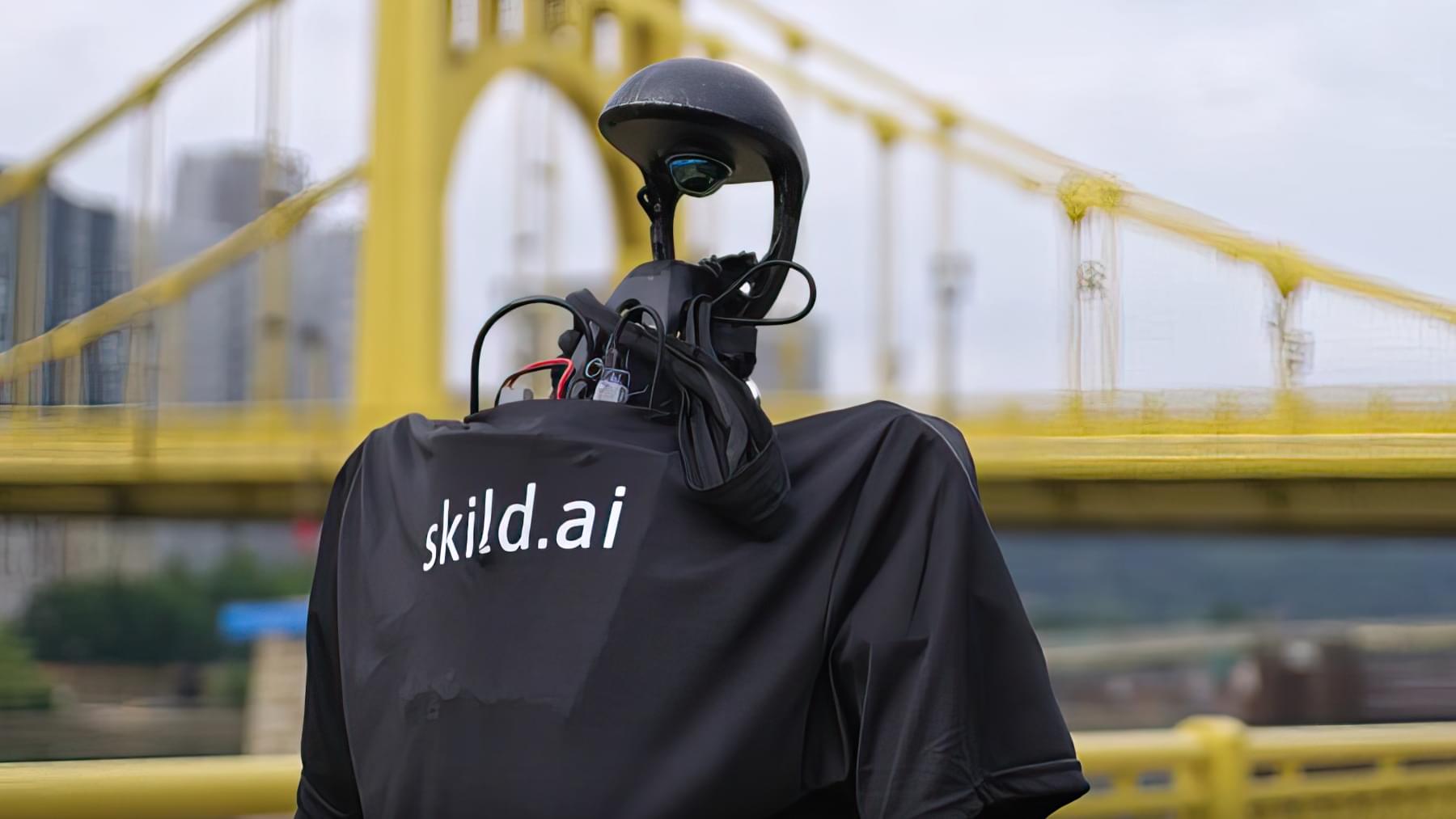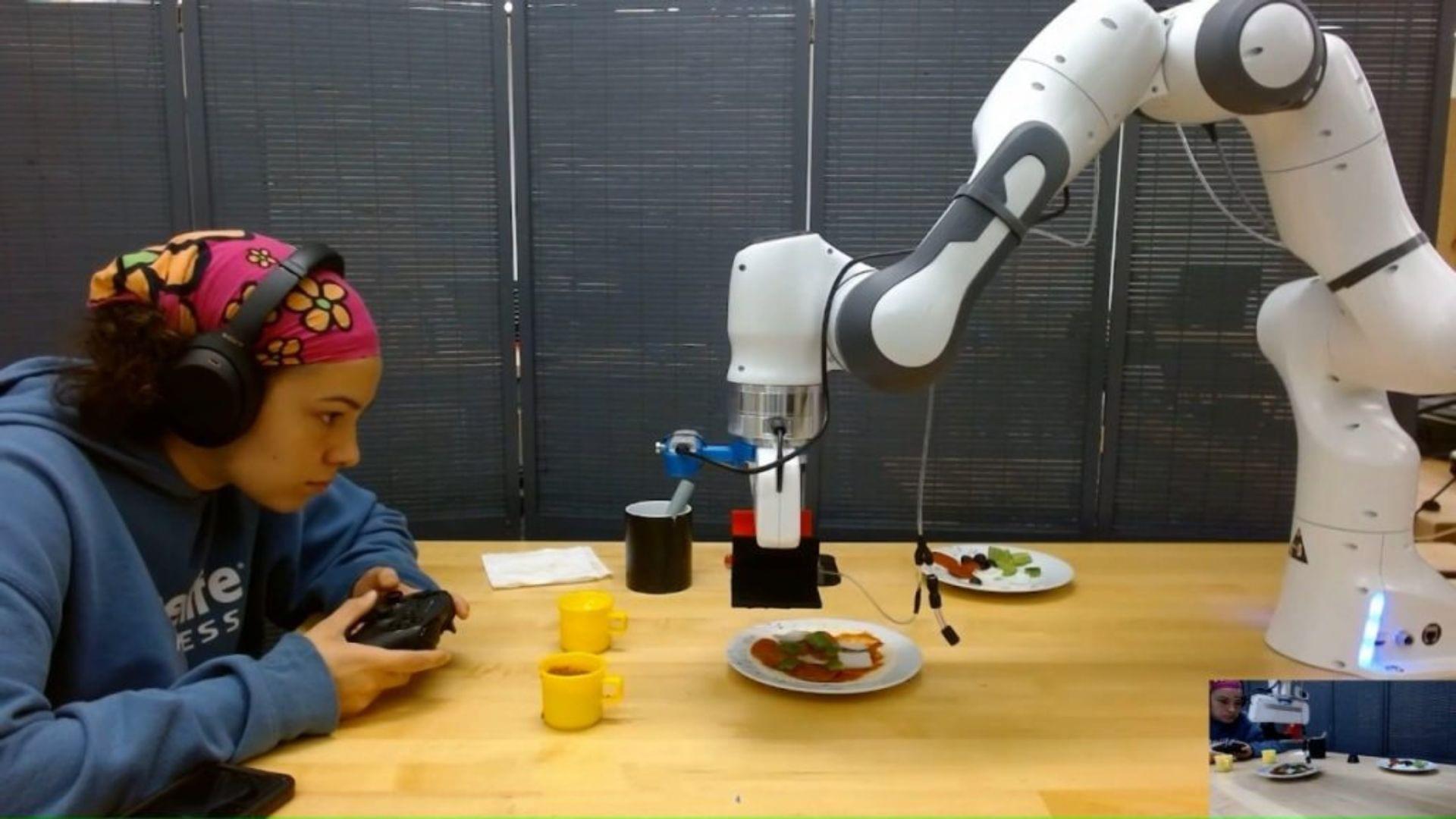GPT-5 could begin rolling out in the next few days, if everything goes to plan. There are enough evidences to confirm that Microsoft is preparing Copilot (its consumer-facing AI assistant), Microsoft 365 (primarily tailored for businesses and work), and Azure (enterprises/API customers) for GPT-5.
GPT-5, also referred to as GPT-5 alpha in early leaked benchmarks, is OpenAI’s next SOTA (State of the Art) model, and it has the potential to disrupt the AI industry again.
One source describes GPT-5 as phenomenal in coding, and it doesn’t look like it will be rolled out to just paid consumers, as even those without a subscription will be able to access it.
